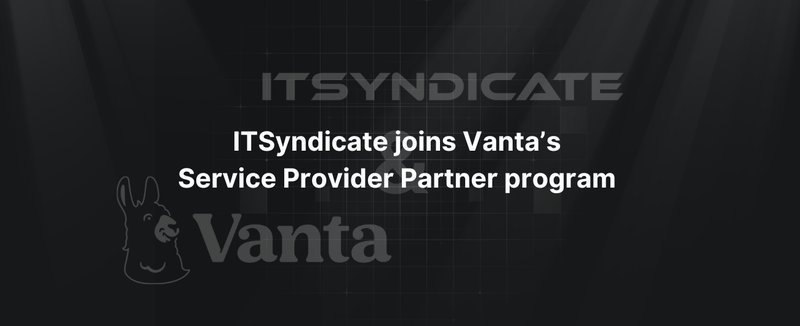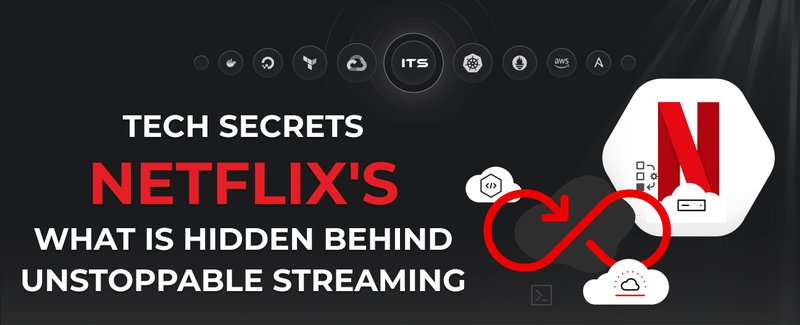Nowadays, in the fast-paced world of software development, the marriage of development and operations, aptly termed "DevOps" has revolutionized the way teams approach building, deploying, and managing applications. DevOps emphasizes collaboration, automation, and efficiency, and one crucial aspect of this paradigm is the architecture of projects. In this article, we will delve into the concept of DevOps-driven project architecture and explore how it unlocks the potential for optimized infrastructure deployment.
Understanding DevOps-driven project architecture
DevOps-driven project architecture is more than just a technical framework; it's a mindset that permeates the entire development lifecycle. At its core, this approach embodies the principles of collaboration, automation, and continuous improvement. The architecture of a project is the blueprint that guides its development and deployment. When aligned with DevOps practices, this blueprint becomes a powerful tool for streamlining processes, improving reliability, and accelerating time-to-market.
Key components of DevOps-driven project architecture
Microservices architecture
Microservices architecture is a natural fit for DevOps-driven projects. Instead of monolithic applications, microservices break down functionality into smaller, independent services that can be developed, deployed, and scaled individually. This modularity aligns with DevOps' emphasis on small, cross-functional teams and rapid iterations. Each microservice can be created, tested, and deployed independently, fostering a culture of continuous integration and delivery.
Infrastructure as Code (IaC)
Infrastructure as Code (IaC) is a cornerstone of DevOps-driven project architecture. IaC involves defining infrastructure using code, enabling automated and consistent provisioning and management. This approach eliminates manual configuration, reduces the risk of human errors, and ensures that environments are reproducible across development, testing, and production stages. Tools like Terraform, Ansible, and CloudFormation empower teams to treat infrastructure changes as version-controlled code, enhancing collaboration and traceability.

Continuous integration and continuous deployment (CI/CD)
CI/CD pipelines are the backbone of DevOps-driven project architecture. These pipelines automate the integration, testing, building, and deployment of code changes. Automated testing catches issues early in the development cycle, and the deployment pipeline ensures that code changes are automatically pushed to production or staging environments. Such an approach eliminates bottlenecks and reduces the likelihood of manual errors, resulting in faster releases and improved stability.
Containerization and orchestration
Containers, popularized by Docker, offer a consistent runtime environment for applications, ensuring they run reliably across different domains. Kubernetes, a container orchestration tool, automates containerized applications' deployment, scaling, and management. This combination facilitates seamless deployment and scaling, enabling DevOps teams to respond to changing demands efficiently.
Embrace DevOps-driven excellence now! Upgrade to microservices, automate with IaC, streamline through CI/CD, and soar with containerization. Elevate your projects today for a future of innovation and efficiency.
Benefits of DevOps-driven project architecture
Adopting DevOps-driven project architecture comes with a range of benefits:
- It accelerates time-to-market by enabling rapid development, automated testing, and continuous deployment.
- It fosters collaboration between development and operations teams, breaking down traditional silos and promoting shared ownership of the entire lifecycle.
- The emphasis on automation and reproducibility enhances reliability and reduces the likelihood of production incidents.
- This architecture empowers teams to iterate and innovate more freely, as the automated processes provide a safety net for experimentation.
Unleashing the potential of DevOps-driven project architecture
DevOps-driven project architecture transcends the technical realm to reshape how teams collaborate, build, and deploy software. Organizations can unlock the power of optimized infrastructure deployment by embracing microservices, IaC, CI/CD, and containerization. This approach streamlines processes, enhances reliability, and empowers teams to innovate rapidly. As you embark on this journey, remember that DevOps is as much about culture as technology. By uniting development and operations under a common goal, you can harness the true potential of DevOps-driven project architecture.
Docker commands and Dockerfile usage for running containers on a local machine
Docker commands and Dockerfile usage for running containers on a local machine
Netflix tech stack for powering streaming backend and cloud solutions





